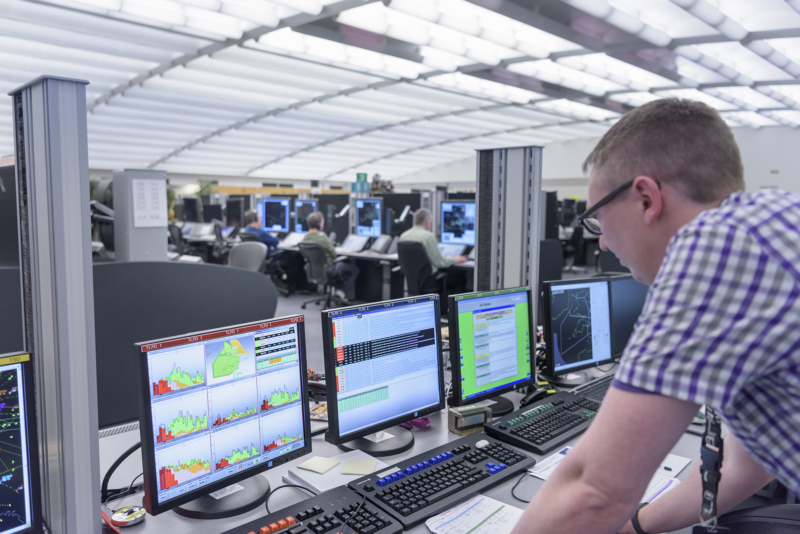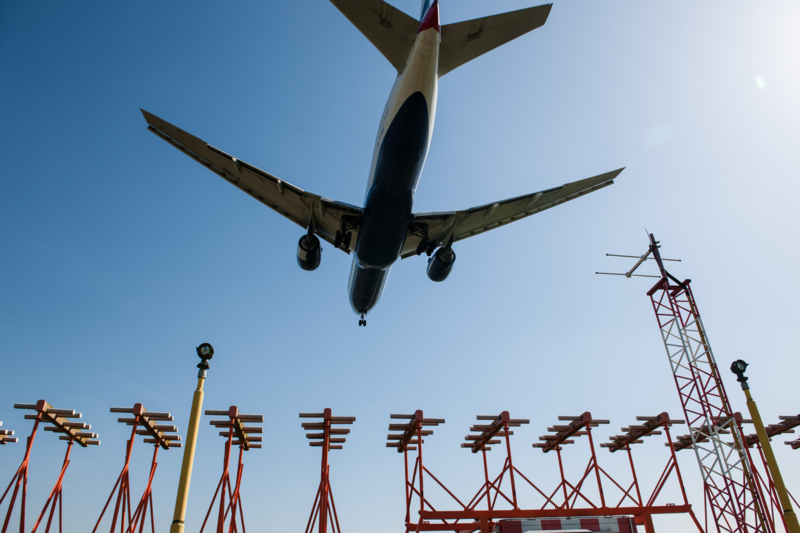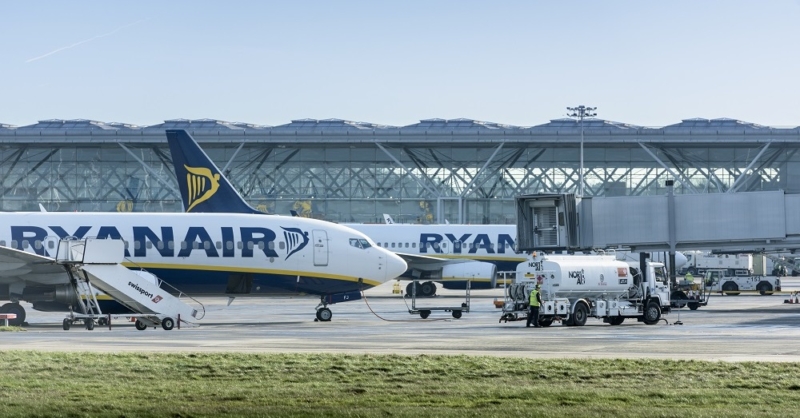Look up into the sky on a clear day and you may see aircraft heading in various directions. What may not be so obvious is the very structured way they are managed.
The skies above the UK are divided up into three dimensional blocks of airspace known as ‘sectors’, managed by air traffic controllers based at our control centres in Swanwick and Prestwick.
Each airspace sector has its own unique characteristics and traffic patterns, something that can take up to a year of training in order to be able to manage it without supervision from an instructor.
As a result, a controller who is trained to help aircraft fly into Gatwick Airport won’t just be able to get up and do the same job for Stansted or Luton. Generally, controllers will be valid on two sectors of airspace, such is the specialised nature of the job.
We take all that into account when we look at recruiting and training the right number of controllers to support the different parts of the operation, which is carefully planned months in advance with the controller roster continually tweaked and optimised until the day before. Our aim is to have the right number of controllers at any one time to safely control the aircraft that are forecast to fly through the airspace. Safely being the most important word.
The airlines don’t want to pay for more service than they need and we need to be sure we can deliver the service they want. Regulation of our costs under a Europe-wide performance regime also means we cannot have vast numbers of controllers ‘on stand-by’ to guarantee the resilience of the operation. It’s a delicate balance, and one we get right most of the time. Last summer, NATS handled almost a quarter of all air traffic in Europe and yet contributed just 2.6% to total delays, with the average delay per-flight less than a third of the European-wide level.
This summer we’re even helping out our continental neighbours by handling some of their air traffic through our airspace, to help reduce the delays passengers experienced in Europe last year.
The process at airport control towers is different; staffing numbers are agreed with the airport operator as part of a commercial contract and we work closely with the tower teams to make sure they have room to take the air traffic we are handing to them from one of our centres.
Of course, we have occasional staffing problems. Even air traffic controllers get sick, and when it’s short notice it can affect the resilience of the operation, which isn’t helped when we have bad weather. This summer we have worked with almost continuous weather warnings from the Met Office about thunderstorm systems across the country; these can cause huge delays because aircraft have to divert around them.
We have a rolling training programme for new controllers, who can take three years to qualify on some sectors, and even longer on others. And we have no shortage of applicants
In reality, by far the greatest cause of air traffic delay in the UK is airspace capacity and it will get worse as airlines continue to add more services. That’s why we now need urgently to modernise the UK’s airspace, which hasn’t been restructured since its inception in the 1950s and 60s.
A major programme, supported by the Government, airlines and airports, is now under way. The immediate priority is south-east England, which is incredibly congested airspace where we have five major airports in close geographic proximity. But such important works takes time. We need to ensure we have a safe design that can accommodate the forecast growth, and to make sure the public, particularly people who are overflown, are properly consulted.
Our airline customers have said clearly through consultation that this is the most important part of our investment plan for the next five years. Modernising our airspace is the only way to alleviate the capacity crunch and help make journeys quicker, quieter and cleaner. Putting their active support into that programme would be the most effective way for the airlines to ensure delays for their passengers remain at the historically low levels we enjoy today.
Comments
Please respect our commenting policy and guidelines when posting on this website.





